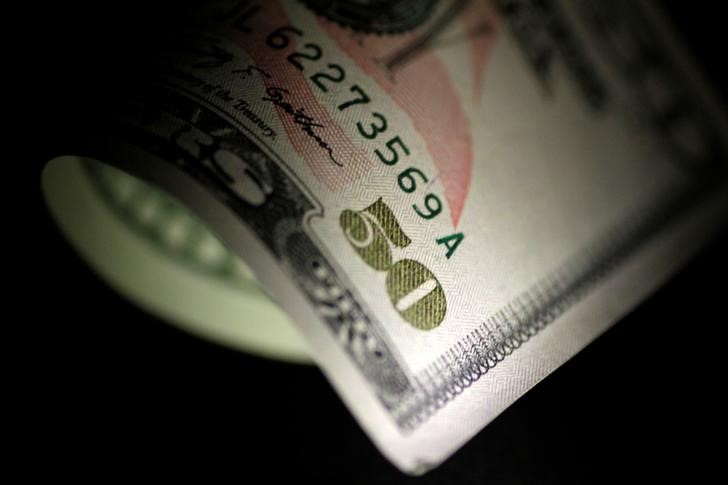Investing.com - The dollar was broadly lower against a currency basket on Wednesday after a report that China may slow or halt its U.S. treasury purchases, with the greenback falling more than 1% against the Japanese yen.
The U.S. dollar index, which measures the greenback’s strength against a trade-weighted basket of six major currencies, was down 0.49% to 91.82 by 08:38 AM ET (13:38 GMT).
USD/JPY was down 1.07% at 111.47, the weakest level since November 29 and was on track for its largest one day decline in almost eight months.
The drop in the dollar came after Bloomberg reported that Chinese officials reviewing foreign-exchange holdings have recommended slowing or halting purchases of U.S. Treasuries. China is the largest foreign holder of U.S. Treasuries.
U.S. 10-Year Treasury yields rose to fresh 10-month highs following the report. Yields rise when bond prices fall.
The dollar was already on the defensive after the Bank of Japan trimmed the size of its bond purchases on Tuesday, sparking speculation that it could start to scale back its monetary stimulus later this year.
The yen was also higher against the euro, with EUR/JPY down 0.58% to 133.68.
The euro rose around half a cent against the weaker dollar, with EUR/USD rising 0.53% to 1.1999.
The euro had weakened in recent sessions as investors took profits after its rally at the start of the year amid concerns that the European Central Bank may attempt to talk down the strengthening currency ahead of its monetary policy meeting later this month.
After getting off to a strong start to the year the single currency had hit a four-month high of 1.2088 on Thursday, putting it within striking distance of a September peak of 1.2092, its strongest level since early 2015.
The dollar was lower against the traditional safe haven Swiss franc, with USD/CHF down 0.54% to 0.9772.
The U.S. currency started the year on the back foot after the dollar index fell around 9.8% in 2017, its biggest annual percentage decline since 2003.
The dollar was pressured lower by expectations for faster monetary tightening outside the U.S., which would lessen the divergence between the Federal Reserve and other central banks.
Fed officials have penciled in three rate increases this year, but the market has only recently started to price in monetary tightening by other central banks.
